PFSA103D 3BSE002492R0001 Analog input module
The function of the PFSA103D 3BSE002492R0001 analog input module is mainly to process and convert analog signals. The module is capable of receiving inputs from sensors or other analog signal sources and converting them into digital signals for further processing and analysis by the control system.
Specifically, the module has the following functions:
Signal conditioning: The input analog signal is filtered, amplified or adjusted to ensure the accuracy and stability of the signal.
Analog-to-digital conversion: Converts the conditioned analog signal into a digital signal for easy reading and processing by a microprocessor or digital control system.
Configuration and calibration: allows users to configure the parameters of the module according to the requirements of the application, and perform the necessary calibration to ensure the accuracy and reliability of the module.
Error detection and diagnosis: The module may also have error detection and diagnosis capabilities, which can identify anomalies or faults in the input signal and take appropriate measures, such as issuing warnings or turning off the output, to protect the entire system.
In addition, based on the general characteristics of ABB products, the PFSA103D 3BSE002492R0001 analog input module is compatible with ABB automation systems and can be seamlessly integrated with other ABB products for efficient data exchange and control functions.
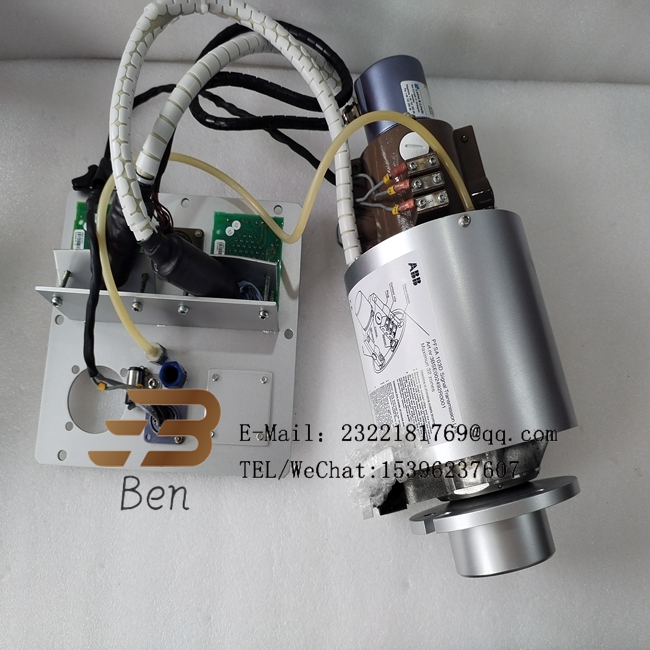
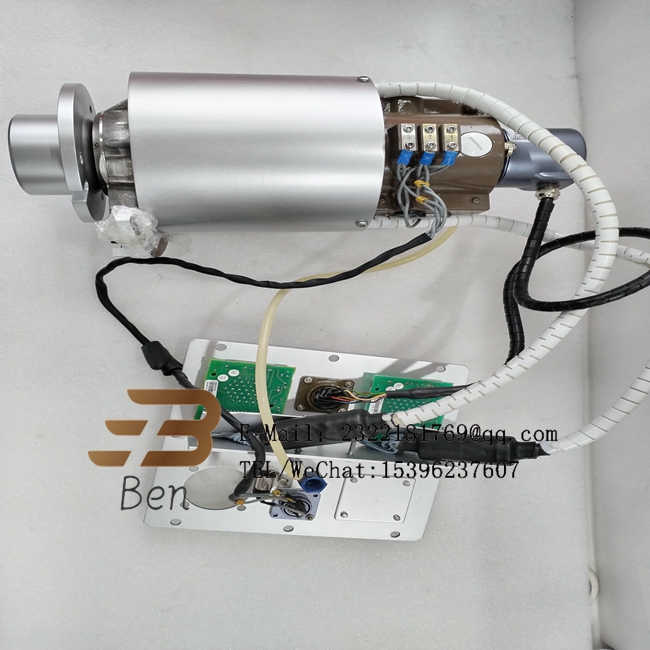
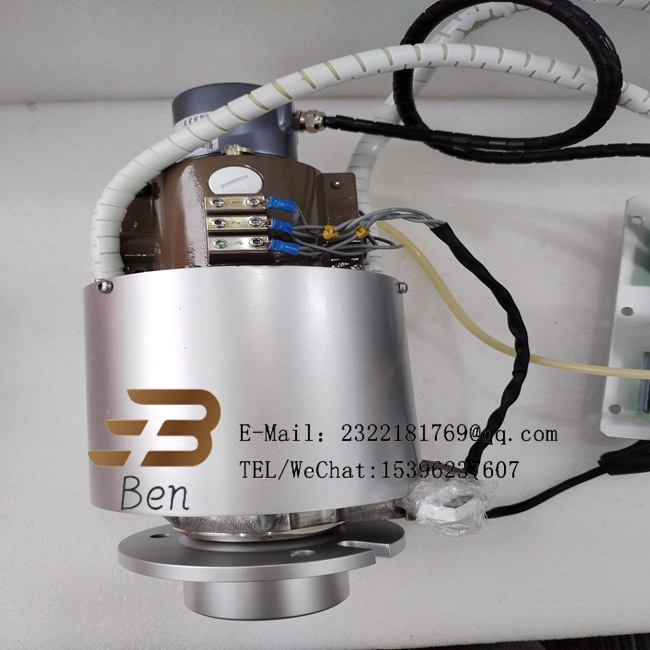

The following are common parameters of PFSA103D 3BSE002492R0001:
Input channels: Indicates the number of input channels supported by the module, for example, 3 channels.
Input signal type: Acceptable analog signal type, such as voltage, current, etc.
Input range: The range of the input signal, such as 0-10V, 4-20mA, etc.
Resolution: The resolution of the analog-to-digital conversion, usually expressed in bits, such as 12 bits, 16 bits, etc.
Sampling rate: The frequency at which the module samples the input signal, that is, the number of samples taken per second.
Accuracy: The measurement accuracy of the module, usually expressed as a percentage or within the error range of the actual value.
Isolation voltage: The isolation voltage level between the input channel and the system to ensure signal safety and anti-interference ability.
Communication interface: indicates the type of communication interface between the module and the control system or other devices, such as Ethernet or serial port.
Power requirements: The voltage and current requirements of the working power supply of the module.
The following are related products of the ABB brand:
| IIMRM02 |
| IMFAI01 |
| INICT03A |
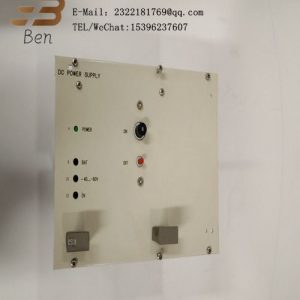
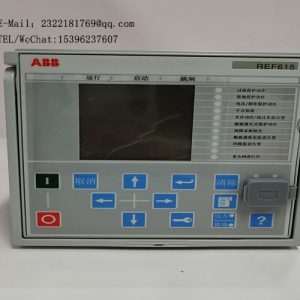
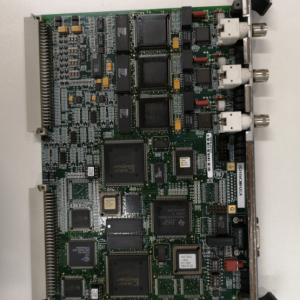
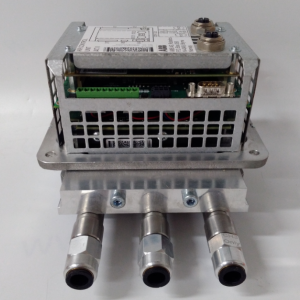
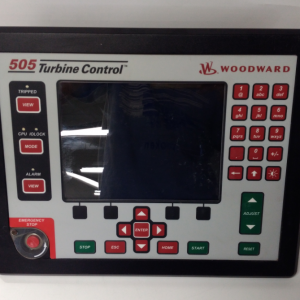
.png)
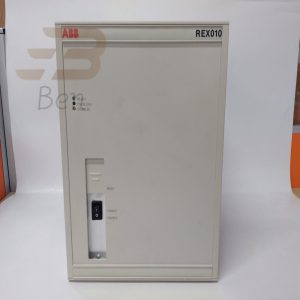
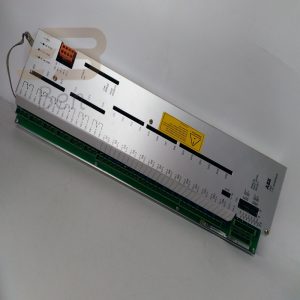
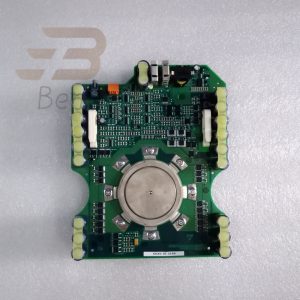
Reviews
There are no reviews yet.